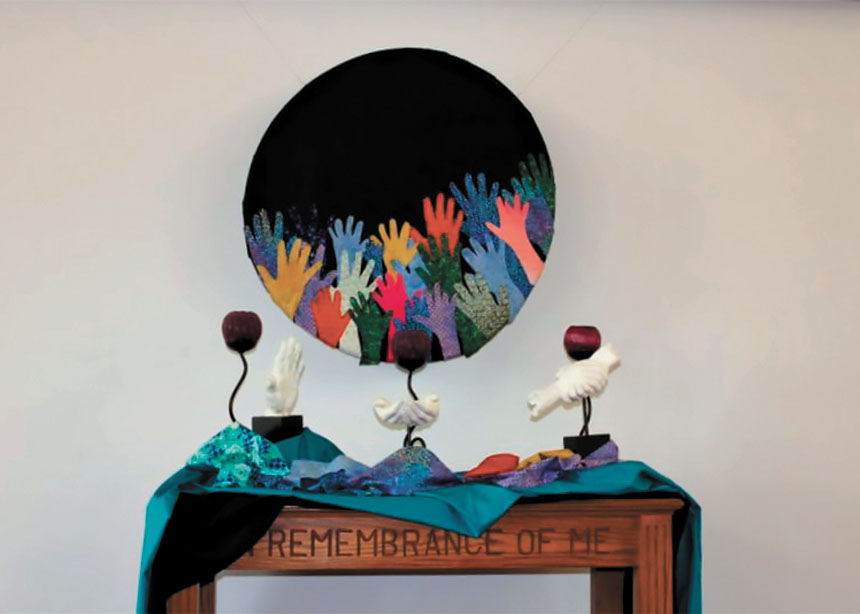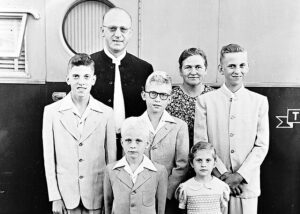What can services look like without music?
Mennonites express their unity and diversity through singing together. The coronavirus pandemic silenced many voices for the sake of public safety.
As congregations cautiously welcome more people back into their buildings for in-person worship, here are some suggestions from the Anabaptist Worship Network to enliven services without congregational singing:
1. Movement. While a small group sings in a low-risk manner or recorded music is played, the congregation can perform gestures that express the meaning of the song. Teach the congregation to sing the song using sign language. Stand, kneel, sway collectively in time with the music.
2. Percussion. “Praise him with clanging cymbals; praise him with loud clashing cymbals” (Psalm 150:5). Use hand instruments like drums, tambourines, shakers, sticks—or clapping hands—to participate in the music.
3. Silence. Being quiet together intentionally expresses unity and creates space to listen to the Spirit together.
4. Instrumental music. Musicians can play worship songs without singing. This is an opportunity for your skilled musicians to improvise or play more intricate renditions than are possible when the congregation is singing along. Or amateur musicians can play publicly for the first time without the constraints of accompanying the congregation.
5. Lectio divina. Lead the congregation through “divine reading.” Focus on a passage of Scripture in four stages of reflection on how God is speaking through the Word.
6. Visio divina. Use a photo, sculpture or work of art to walk through “divine seeing” in four stages of pondering how God is speaking to the community.
7. Drama. Use readers theatre or short skits to present Scripture in a vivid, interactive way.
For more ideas, see “How can we worship without singing?” at AnabaptistWorship.net.
—Updated Aug. 27, 2021








Leave a Reply
You must be logged in to post a comment.